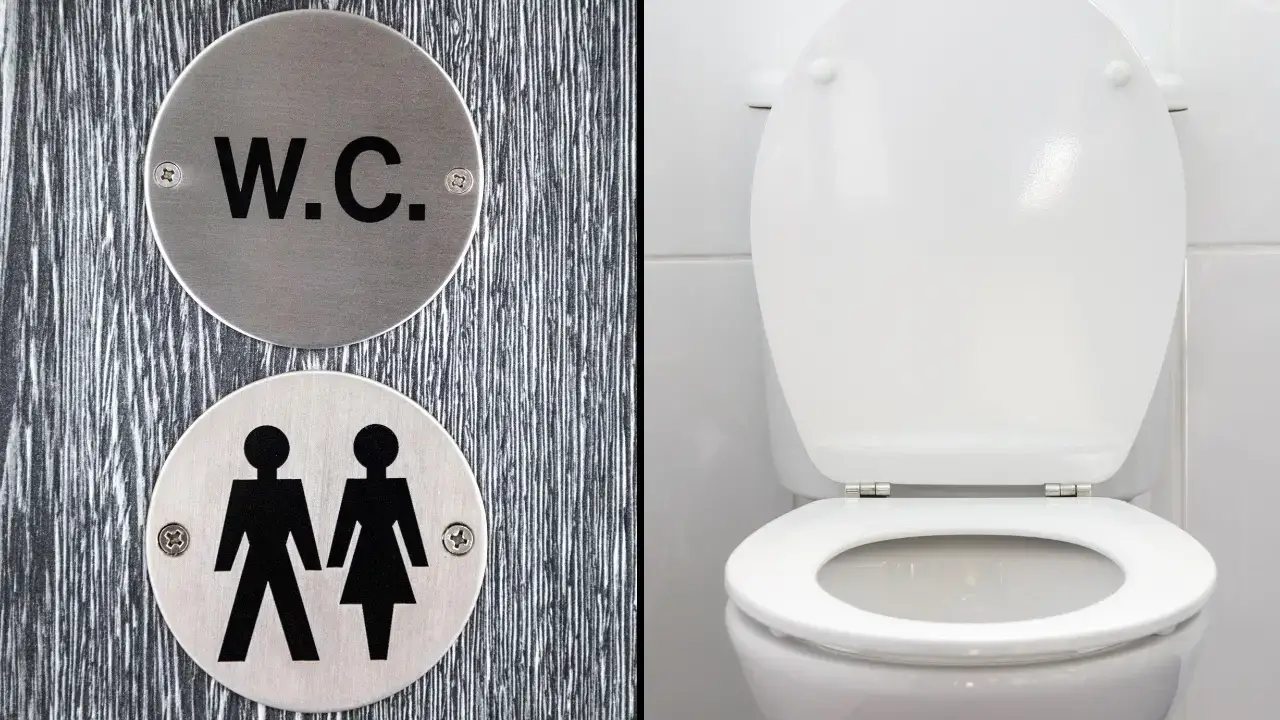If you’ve ever traveled to the UK or other parts of Europe, you’ve likely seen the familiar “WC” sign on public restroom doors. In the US, people commonly refer to these spaces as restrooms or bathrooms, while Brits might call them the “loo” or “lavatory.” But have you ever stopped to wonder what the abbreviation “WC” actually stands for? Interestingly, many people are only just realizing the true meaning behind this iconic sign — and it’s sparked quite a buzz on the internet.

The Internet’s Latest Fascination with WC Signs
The internet is full of surprising trivia that can leave us feeling like we’ve missed something obvious. Whether it’s discovering the hidden functions of everyday items or learning the story behind famous logos, there’s always something new to uncover. Lately, social media has been abuzz with discussions about the meaning of the “WC” sign seen on restroom doors. People are genuinely shocked that they’ve gone their whole lives without knowing what it stands for.
One curious internet user admitted, “I’m glad someone finally explained it. I’ve been wondering for years but never bothered to look it up.” Another added, “Can’t believe I’ve used restrooms with WC signs all my life and never thought about what it meant!” Meanwhile, some were amazed at how others had missed this detail, with one commenter proudly claiming, “I’ve known what WC means since I was 13!”
But why all the fuss? Let’s break it down once and for all.
What Does WC Actually Mean?
The letters “WC” stand for “Water Closet.” The term may sound a bit old-fashioned today, but its origins date back to the 19th century in England, during the early days of indoor plumbing. The phrase “water closet” was first used in the 1870s when homes were just starting to install indoor toilets. At that time, people didn’t have dedicated bathrooms as we do now. Instead, they repurposed existing small rooms — often closets — to accommodate a toilet. These were among the only spaces in the house with access to running water, hence the term “water closet.”
The Origins of Indoor Plumbing and Water Closets
Before the invention of indoor plumbing, houses had separate rooms for bathing, known simply as “bathrooms.” However, the bathtub in these early bathrooms often had to be filled manually with water carried in buckets, since there was no plumbing system to deliver water directly into the house.
As indoor plumbing became more common, homeowners were faced with the question of where to place the new toilets. Most homes already had a room for bathing, so installing a toilet there wasn’t always practical. Instead, they converted small, unused closets into spaces for toilets, which is why these rooms became known as water closets. In a popular video, social media user @itsnathannyc explains, “Before plumbing, the bathtub was in a separate room, but water had to be carried in. Once plumbing was added, people simply put the toilet in an existing closet since it was one of the only spaces that could fit it.”
How the Term “Water Closet” Evolved
Over time, the term “water closet” became synonymous with a small room containing a toilet. In the early 1900s, the term was commonly used across England and Europe, especially as indoor plumbing became more widespread. It was an efficient way to describe a room that had a toilet but not necessarily a bathtub. Even today, the abbreviation “WC” is still seen on restroom signs throughout Europe, especially in places like train stations, hotels, and public facilities.
However, as modern bathrooms evolved to include both toilets and bathtubs, the use of the term “water closet” began to fade. In many parts of the world, including the US, the word “bathroom” became the standard term, regardless of whether a bathtub was actually present. Today, most Americans wouldn’t use the term “water closet” in everyday conversation, even though the abbreviation WC remains widely recognized.
Why the WC Sign Has Stood the Test of Time
The reason the “WC” sign is still used today is largely due to its simplicity and its universal recognition. Even if you don’t speak the local language, you’re likely to recognize the WC sign on a restroom door. It has become an internationally accepted shorthand, especially in public spaces where clear signage is essential. While the phrase “water closet” may sound antiquated, it’s a term that has endured for well over a century, outlasting many other outdated expressions.
According to Plumb World, a leading authority on plumbing history, “The term ‘water closet’ became popular in the 1900s because most toilets were installed in small, spare closets or cupboards within the home. The term was then adopted into signage to clearly indicate rooms with toilets, especially in public areas.”
Understanding the Historical Context
Learning about the origins of the WC sign also highlights the fascinating evolution of indoor plumbing and how modern conveniences came to be. What started as a practical solution for fitting toilets into homes has now become a part of our everyday lives, even if most of us don’t give it a second thought. While we may casually refer to all these rooms as “bathrooms” today, understanding the historical context helps us appreciate how far sanitation and home design have come.
Conclusion: A Useful Piece of Trivia for Your Next Conversation
So, the next time you see a WC sign on a public restroom door, you’ll know the historical significance behind it. It’s more than just a couple of letters on a sign — it’s a throwback to the days when indoor plumbing was a novelty and homeowners had to get creative with their space. And who knows? This newfound knowledge might even make for a fun conversation starter the next time you’re waiting in line for a restroom!
Understanding the origin of the WC sign not only gives us a glimpse into the past but also reminds us of how language and home design have evolved over the years. So, whether you’re in a fancy restaurant in London or a bustling train station in Paris, you can now appreciate that little WC sign for what it truly is: a timeless piece of history still in use today.





